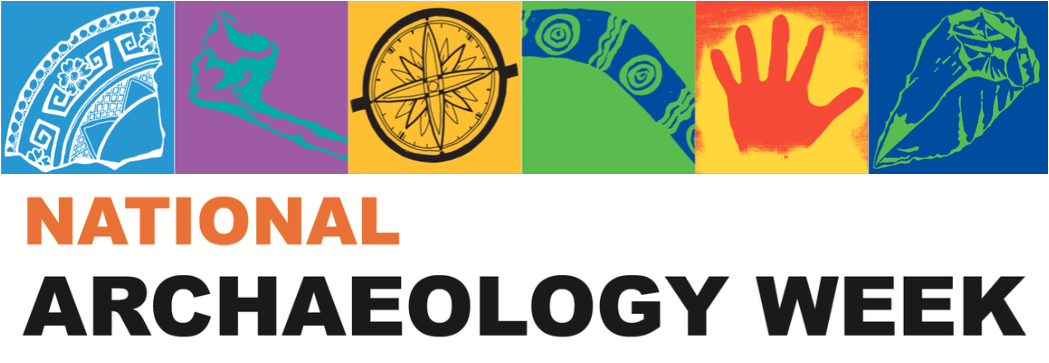Jacqueline Anderson
Current position
Graduate Archaeologist at GHD Pty Ltd.
Where did you study?
I completed my Bachelor at La Trobe University (Australia), with an exchange semester to the University of Bradford (UK) and undertook a dual Masters with Deakin University (Australia), and Brandenburg University of Technology (Germany).
How did you become interested in archaeology?
I always loved history but never really considered archaeology a potential future career, even with my childhood habit of collecting faunal bones from across the creek and picking up interesting rocks (usually quartz) from the gravel road we lived on. In the end, I more or less fell into archaeology. Originally I went to university to study film and media with the aim to get into media editing, but due to being unable to find volunteer work to get my foot in the door, I went for my back up which was history. But I didn’t just want a Bachelor of Arts, so when I saw that La Trobe offered a Bachelor of Archaeology, I went for that and here I am.
What archaeological projects are you working on at the moment?
I am currently working across a number of archaeological sites at the moment, but got a break from the current sites I have been working on to go to Port Campbell a few weeks ago. That was a nice day trip along the Great Ocean Road and another chance to get out of Melbourne and see regional Victoria.
Since mid-April, I have also been busy preparing a conference presentation on how Instagram users interact with a heritage site in Edinburgh (Scotland).
Tell us about one of your most interesting archaeological discoveries.
One of my passions is diseases in the archaeological record, burials, misinformation on diseases and historic quarantine. In 2020, I was lucky enough to get to write a report on a historic quarantine site in Melbourne that was listed on the Victorian heritage Inventory. This site was fascinating as it was one of the quarantine stations in Melbourne before Point Nepean, but there was limited information on the site and previous studies had mixed some of the stations up. From my prior research on diseases and quarantine, I was able to pick up previously missed information and identified the site. After my report went to Heritage Victoria, my research resulted in the site being recommended for and later removed from the inventory. I was proud of my report, but also internally shattered at the thought of a quarantine location (though very briefly) being removed from the inventory.
Tell us about a funny / disastrous / amazing experience that you have had while doing archaeology.
We were out trying to undertake a pedestrian survey for a Cultural Heritage Management Plan and had to access a number of fields to get to the river. We were not expecting to find bull calves within the fields that refused to move out of the way. I ended up needing to reverse the ute into the paddock as the reversing noise was slowly making them move, though there was plenty that were not impressed by us.
Naturally we had to get through multiple gates, so I had to use the ute and its reverse noise as a shield, while my team member jumped out to open and shut the gates for us. By the time we got down to the paddock near the stream we were met with an electric fence. We did not try to continue, but had to repeat the process to get out of the paddocks.
The real kicker was that the hire car company had proudly told me it was a brand new ute and I was the first person hiring it. The whole time we were in the bull calf paddocks I was thinking I’d have to explain dents caused by bulls when I returned the car. Luckily it didn’t come to that though.
What’s your favourite part of being an archaeologist?
My favourite aspect of being an archaeologist is that there is so many great topics and specialities that you can really find your niche and interest. It may come around in a round about way, but it is a career that you can sink your teeth into your dream areas of interest.
Follow up reading.
Burials, Disease & Dark Tourism: A Study of Greyfriars Kirkyard.
https://www.researchgate.net/publication/344237697_Burials_Disease_Dark_Tourism_A_Study_of_Greyfriars_Kirkyard
Troublesome Tattoos: The Difficulties of Tracing Tattooing Traditions within the British Isles.
&
Mapping Tattooing Practices in London: Westminster between the 19th and the 20th Centuries.
https://opus4.kobv.de/opus4-btu/frontdoor/index/index/docId/5236?fbclid=IwAR3mbolyhUcMW5VumEZ8F9KdoxZIKCley4ybz8AWLM_2fJjvjtEQ-Af6TCU

